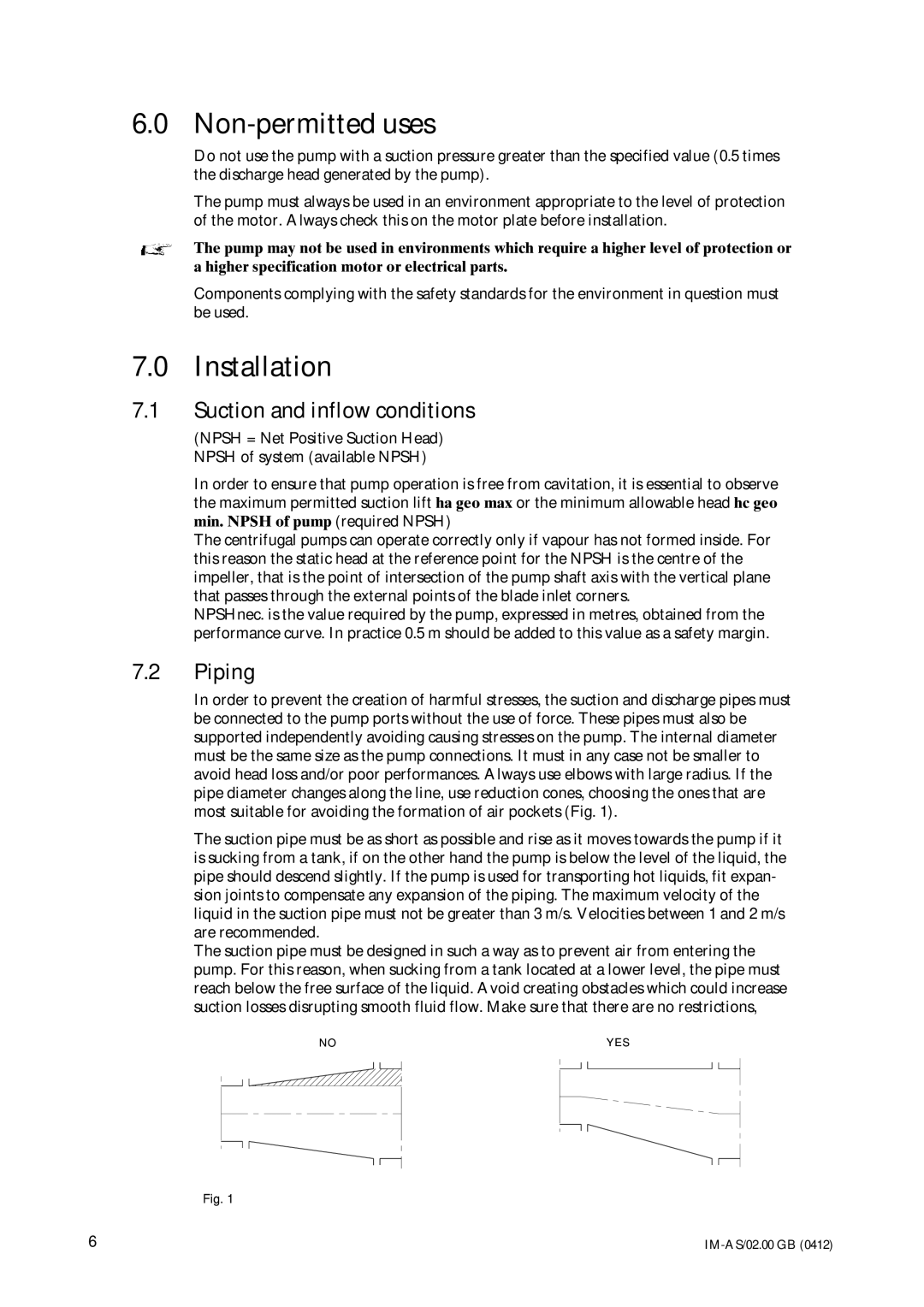AS specifications
Johnson Controls AS is a leading global company that specializes in automotive batteries and advanced automotive technologies. With a rich history spanning over 130 years, it has become a vital player in the automotive supply industry. Headquartered in Cork, Ireland, Johnson Controls operates in more than 150 countries, serving a wide array of clients from automotive original equipment manufacturers (OEMs) to aftermarket retailers.One of the main features of Johnson Controls AS is its strong focus on sustainability and energy efficiency. The company has made significant investments in research and development to create advanced battery technologies that not only enhance performance but also reduce environmental impact. Their commitment to sustainability is reflected in their efforts to develop eco-friendly battery solutions, such as lithium-ion and other renewable technologies, which aim to lower carbon footprints in the automotive sector.
In the realm of technology, Johnson Controls AS is at the forefront of battery innovation. Their products include lead-acid batteries, lithium-ion batteries, and advanced AGM (Absorbent Glass Mat) batteries. These technologies are designed to meet the increasing demands for power and efficiency in modern vehicles, especially those with extensive electronic systems and electric powertrains. The lithium-ion batteries they produce are crucial for electric and hybrid vehicles, offering high energy density, lighter weight, and longer life cycles compared to traditional batteries.
Another characteristic that distinguishes Johnson Controls AS is its integrated approach to energy management. The company not only produces batteries but also offers comprehensive solutions that encompass energy storage systems, power management, and smart grid technologies. This holistic view allows them to provide customized solutions for various applications, from automotive to stationary energy storage systems.
Quality and reliability are core principles at Johnson Controls AS. The company employs rigorous testing and quality control processes to ensure their products meet the highest standards. With a strong emphasis on innovation, customer service, and sustainability, Johnson Controls AS continues to lead the charge in providing cutting-edge solutions in the evolving automotive landscape. As the industry shifts toward greater electrification and renewable energy sources, Johnson Controls is well-positioned to remain a key player in the market, driving advancements that support both automotive performance and environmental stewardship.

